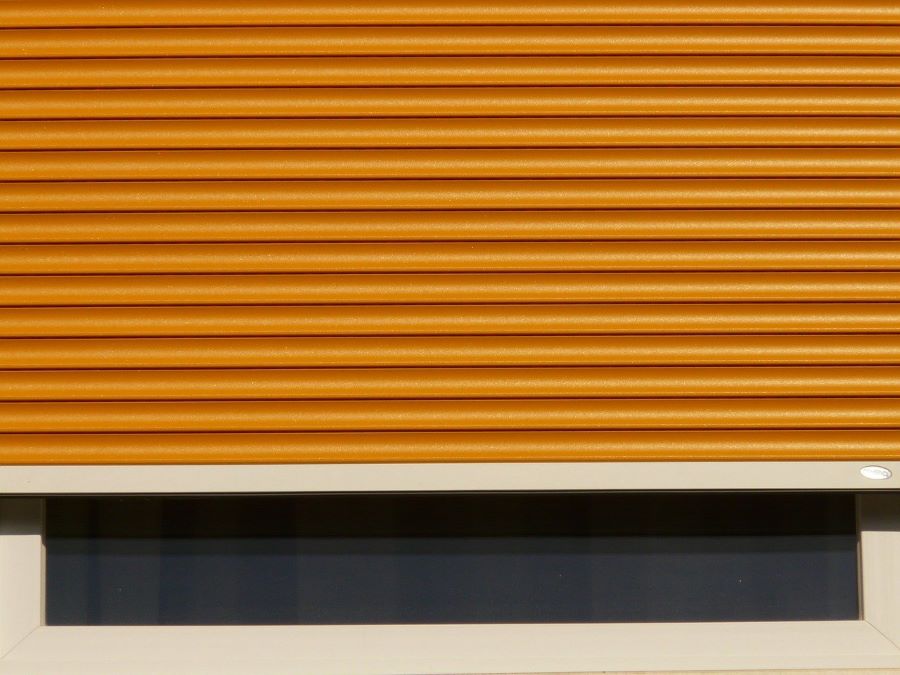Visitors to Spain are often surprised to see all houses have Venetian or roller shutters and they are used regularly. It is almost impossible to find a house in Spain that does not have shutters on the windows. And even more so, most of the times these shutters are closed. This tradition sets Spain apart from many other European countries.
Of course, it has to do with the number of sunshine hours and the high temperatures in the summer months. But there is also a cultural aspect to it. Shutters, ‘persianas’ in Spanish, are so deeply rooted in Spain partly due to the fact many Arab customs have survived in Spanish architecture.
What happens behind closed doors stays behind closed doors
Despite the open and friendly nature of the Spaniards, they treasure some privacy in their own homes. This is why blinds, like curtains, play a fundamental role: to protect them from outside glances. ‘This idea contrasts even more with the Calvinist idea of Central European countries opening up their homes to show the honesty of their guests, their beautiful decoration and not be afraid to show whether you are poor or rich’.
‘What will people say?’
The concern to protect the interiors of homes in Spain could also be rooted in a Catholic religious culture. Inherent in that culture is the concern as to what others may say. It is essential to protect the household to avoid unwanted rumours.
Noise reduction
Who lives in Spain knows it can be very noisy. Especially when living in urban areas. The dense structure of shutters can help dampen outdoor noise, making them ideal for homes in busy urban areas or near streets with heavy traffic. This noise reduction feature is particularly appreciated during siesta time and at night, ensuring a more peaceful and quiet indoor environment.
Saving through insulation
Finally, the shutters have an insulating function in the home that serves both in the summer months with the high temperatures and in the winter when the thermometers indicate falling temperatures. In fact, insulating the house with shutters is one of the most important recommendations for maintaining the optimal indoor temperature. This leads to savings on air conditioning and heating.


